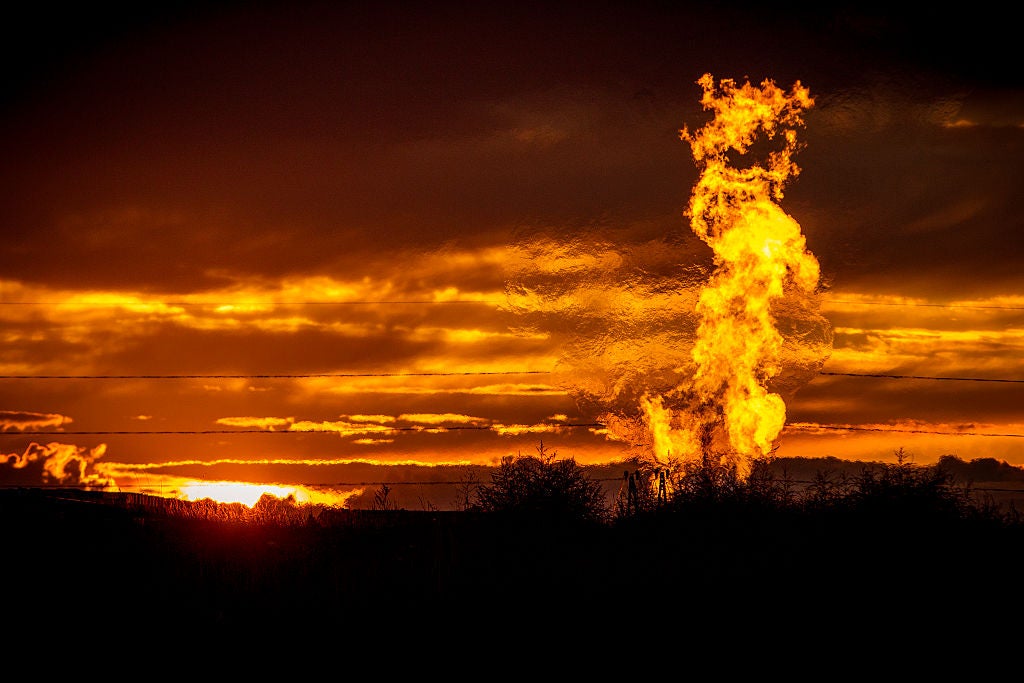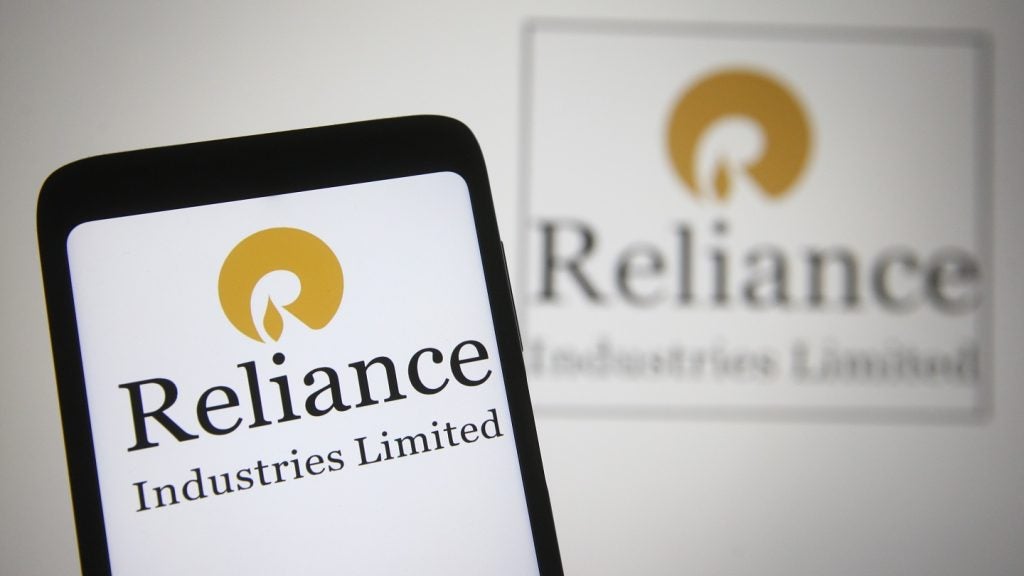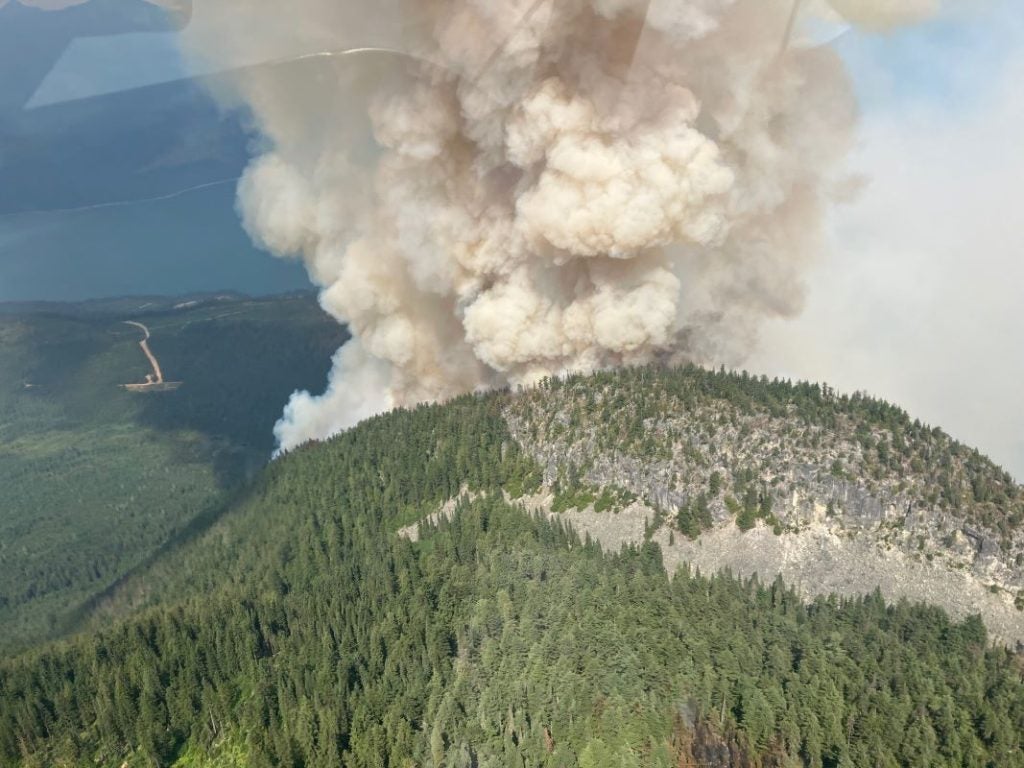
Oil and gas companies warn that new limits on methane emissions agreed by EU lawmakers two weeks ago may be “impossible to implement”, requiring “technologies that do not exist”. On the other hand, climate campaigners say the new law has delayed methane reduction obligations because of scare tactics by the fossil fuel industry.
After all-night talks, negotiators from the two houses of the EU’s legislature, the European Parliament and the EU Council (representatives of national governments), reached a deal on 15 November to impose maximum methane intensity values on companies selling fossil fuels in the EU, no matter where they are based, by 2030. That is a significant strengthening of the original Methane Regulation proposal put out by the Commission nearly two years ago. If an EU importer buys fuel from a company outside the EU that does not respect the limit, the importer will face fines.
Methane is the second-biggest cause of climate change after CO₂, and campaigners have long warned that since it has a far higher warming effect in the short term than CO₂, failing to tackle it quickly would make meeting the Paris Agreement goals impossible. The International Energy Agency (IEA) has called methane emissions the low-hanging fruit of climate action – but until recently, there was little legislation in this area.
The not-so-final result
Methane from the energy sector mostly leaks into the atmosphere by accident, as a result of leaks, venting and flaring from oil and gas production and transportation. The energy sector accounts for around 35% of methane emissions globally, with the rest – considered harder to tackle – coming from agriculture, livestock and waste. Monitoring where energy sector leaks occur has been no easy task, but the new EU regulation will introduce requirements for the oil, gas and coal sectors to measure, report and verify methane emissions. It also obliges them to regularly check for leaks and promptly fix them if they are identified.
However, the oil and gas industry warns that a lack of sufficient monitoring technology will make it difficult to track and plug these leaks at the level required. “Our sector remains supportive of a proportionate, efficient and implementable EU Methane Regulation,” said Nareg Terzian, a spokesman for the Brussels-based International Oil and Gas Producers Association, in a statement. “[However] what was an attempt to tackle methane emissions in the EU may have broader consequences for our sector, be it shutdowns or forced exposure to penalties due to the impossibility to comply.
“This is far from ideal from a security of supply and competitiveness perspective,” he added.
Obligations to monitor and repair subsea and sub-seabed pipeline components are not meetable, Terzian said, because “there are no technologies to quantify leaks in a subsea environment in a consistent manner”. Requirements to reduce flaring could also prove difficult from a safety perspective, because some operations require continuous safety flares. The law’s requirements for man-made surveys of leaks would effectively prohibit the use of developing technologies such as drones that would allow for quicker detection and fixing. Moreover, the threshold for requiring companies to send in teams to fix a leak risks being too demanding, Terzian warned, including leaks that are equivalent to 1/100th of a dairy cow’s emissions per day.
However climate campaigners say the deadlines for action have already been extended too far into the future and accuse the fossil fuel industry of delaying tactics not based on current technological realities. They warn that in addition to the regulation’s delayed start date from 2027 to 2030, many implementation details have been left to ‘delegated acts’ – decisions taken directly by the Commission without going through the EU’s legislature.
“The biggest loophole is timing,” said Esther Bollendorf, a senior gas policy expert at the NGO Climate Action Network Europe, in a statement. The delegated act defining an EU methane emissions limit, or intensity target, will only be published three years after the regulation’s entry into force. “[This] is far too little, too late, as methane emissions from producers outside the EU would risk remaining dangerously high up to 2030,” she said.
A total of 150 countries have signed up to the Global Methane Pledge, committing to reduce global methane emissions by at least 30% from 2020 levels by 2030. Bollendorf said the final version of the EU Methane Regulation will not be enough to get the EU to this target (which all its member states have signed up to). At the same time, the EU is the first major economy to pass a law trying to meet the pledge. The industry expects that the EU regulation will become a blueprint for other countries around the world, particularly those that are also import-dependent for fossil fuels.
Terzian maintained that a gradual approach is realistic given how difficult it is to monitor leaks, and that 2030 is a “reasonable” date for setting a methane intensity performance standard, as long as the Commission conducts an impact assessment on its feasibility and the impact on security of supply and competitiveness.
How the EU methane emissions limit provides impetus for COP28
The IEA estimates that 135 million tonnes of CO₂ equivalent – or $700m – is lost to methane leaks in the energy sector every year. Leak tracking is improving and this was part of the justification for the push to get the EU regulation adopted before the start of the COP28 later this week – and to strengthen it to include imported fossil fuels more completely than envisioned in the original proposal.
Recent investigations have found that atmospheric concentrations of methane are increasing faster now than at any time since the 1980s and that the total amount of methane in the atmosphere, including all sources, has more than doubled over the past century. The IEA notes that methane emissions from the energy sector could be around 70% higher still than what is reported in official data.
Jonathan Banks, global director for methane pollution prevention at the NGO Clean Air Task Force, predicts that this year’s UN climate summit will see methane put on the agenda, partly thanks to the EU regulation coming just in time. “We expect to see a sharpened focus on action and finance that can turn ambition into reality on methane mitigation,” he says. “We expect to see millions and possibly billions in funds announced at COP28 to support methane mitigation in the waste, agriculture and energy sectors.
“We also expect to see new commitments from key countries – and have already seen one such development as China released its long-awaited methane action plan [in early November] and then reinforced those commitments in bilateral climate discussions with the US,” he adds.
Banks will be watching closely to see if any decarbonisation initiative for the oil and gas industry agreed at COP28 includes a distinct and specific element on methane and flaring, including a firm commitment to at least a 0.2% upstream methane intensity target by 2030. Such a target has been supported by some countries but resisted by companies. Banks also hopes to see commitments to zero routine flaring by 2030 and annual reporting on progress. “There must be a structure for the [methane portion of any decarbonisation] initiative that can live on past COP28 that includes companies, countries and civil society,” he says.








